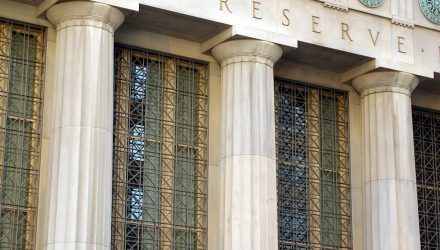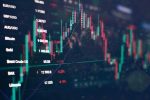With news that inflation cooled significantly in October, rate hikes from the Fed may now be over. Consumer prices were flat in October, rising just 3.2% from 2022. That rise came in even slower than the year-over-year rise measured in September. Core prices slowed precipitously, too, up just 0.2% excluding food and energy. Those factors together may underline a more optimistic forward-investing environment in which active investing can outperform.
Yes, an end to rate hikes suggests the market can now look forward with excitement toward eventual, possible rate “cuts.” That optimism has fed the stock market’s resilience for much of the year, with the S&P 500 up 17.4% YTD.
While more hikes were on the cards, active investing offered one way to mitigate or adapt. Active ETF launches have contributed to a record ETF launch pace, while active ETFs have also added significant flows despite their relatively small AUM. While many investors think about active investing as a tool to ride out uncertainty and risk, they can also seek outperformance.
See more: “The Proof in the Active Investing Pudding”
While rate “hikes” may be over, we may yet face many months of elevated rates. That “higher for longer” regime will see many firms eventually roll over their previously low-cost debt into a higher rate scheme. Some already have, with tech perhaps particularly vulnerable, like smaller growth-oriented tech startups.
Taken together, that environment also underlines the benefits of active investing. Outperformance in a consistent rate environment means understanding the fundamentals of a given firm, and that’s where active can do well. Active ETFs can look at a given firm’s balance sheet and durability in a higher-for-longer regime. In doing so, they can overweight those names or emphasize them in ways indexed strategies cannot. That can help active ETFs do well awaiting a broader, economy-boosting rate cut.
For more news, information, and analysis, visit the Active ETF Channel.








